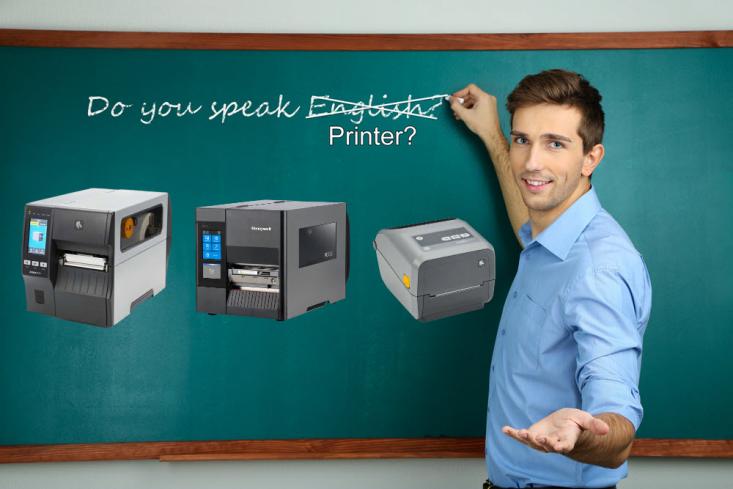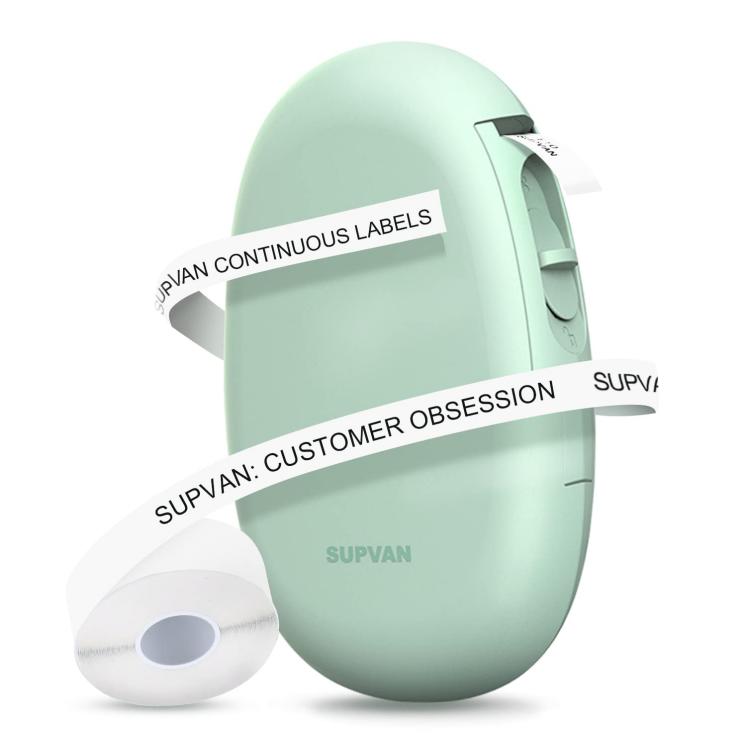When shopping for a printer, it can be hard to decide whether to go with a thermal, laser, or inkjet model. Whether you're looking to print documents and photos at home or in an office setting, understanding the strengths and weaknesses of each type of printer will help you make the best decision for your needs. Keep reading this blog post for everything you need to know about thermal, laser, and inkjet printers so that you can make informed decisions when choosing the right one for your needs!

Introduction to the Three Types of Printers
Advantages of thermal printers
Thermal printing has revolutionized the printing industry, particularly in terms of printing receipts, shipping labels, and barcodes. Compared to other types of printers, thermal printers produce high-quality and long-lasting prints, even in harsh environments. Many people have this question: Do thermal printers use ink? In fact, they do not require ink or toner, which means that they are more cost-effective and low-maintenance. This has led to the widespread use of thermal printers in various fields, including retail, logistics, healthcare, and more. Additionally, thermal printers are faster, quieter, and more reliable than traditional printers, reducing downtime and increasing productivity.
Advantages of laser printing technology
The speed and accuracy have made laser printing technology a popular choice for businesses and individuals alike. One of the main advantages of laser printing technology is its ability to produce high-quality prints quickly and efficiently. Additionally, laser printers have a lower cost per page than most other printing technologies, making them a cost-effective choice for large-scale printing needs. It also has the ability to create detailed graphics images, consistent print quality results in each time it is used, and increased efficiency due to its speed when compared to other similar models available on the market today. In addition, laser printers are Energy Star certified, which means they consume less energy than conventional models, leading to reduced carbon emissions. Laser printers use toner instead of ink, which reduces waste and helps keep the environment clean.
Advantages of inkjet printers
Inkjet printers may seem like an old technology, but they're still widely used today because of their convenience and affordability. Unlike other printers, inkjet printers can produce high-quality images and crisp texts at a much lower cost. One of the biggest advantages of inkjet printers is their versatility - they can print on a variety of mediums such as glossy paper, cardstock, and even fabric. Not only can they print documents and photos, but they can also print on a variety of surfaces, including fabrics, plastics, and even metal! Whether you're printing out t-shirts for a team event, creating promotional materials for your business, or simply printing out a document for work, the inkjet printer has got you covered. These advantages have made inkjet printers popular.
Maintenance and care
Printers are essential office tool that needs constant maintenance and care to function efficiently. Common issues may include paper jams, ink smudging, and cartridge replacements. Having the necessary knowledge to troubleshoot these problems can save you valuable time and money. It is important to carefully clean your printer regularly, ensure timely software updates, and handle your printer with care. With patience and the right know-how, you can keep your printer running smoothly and efficiently.

Conclusion
Choosing the right printer for your needs is a decision that requires serious consideration. It’s important to know exactly what kind of resources you have available and what type of printing will suit your project best. When shopping around, be sure to do extensive research and compare prices – doing so will help you find a printer that meets all of your requirements while staying within your budget.
